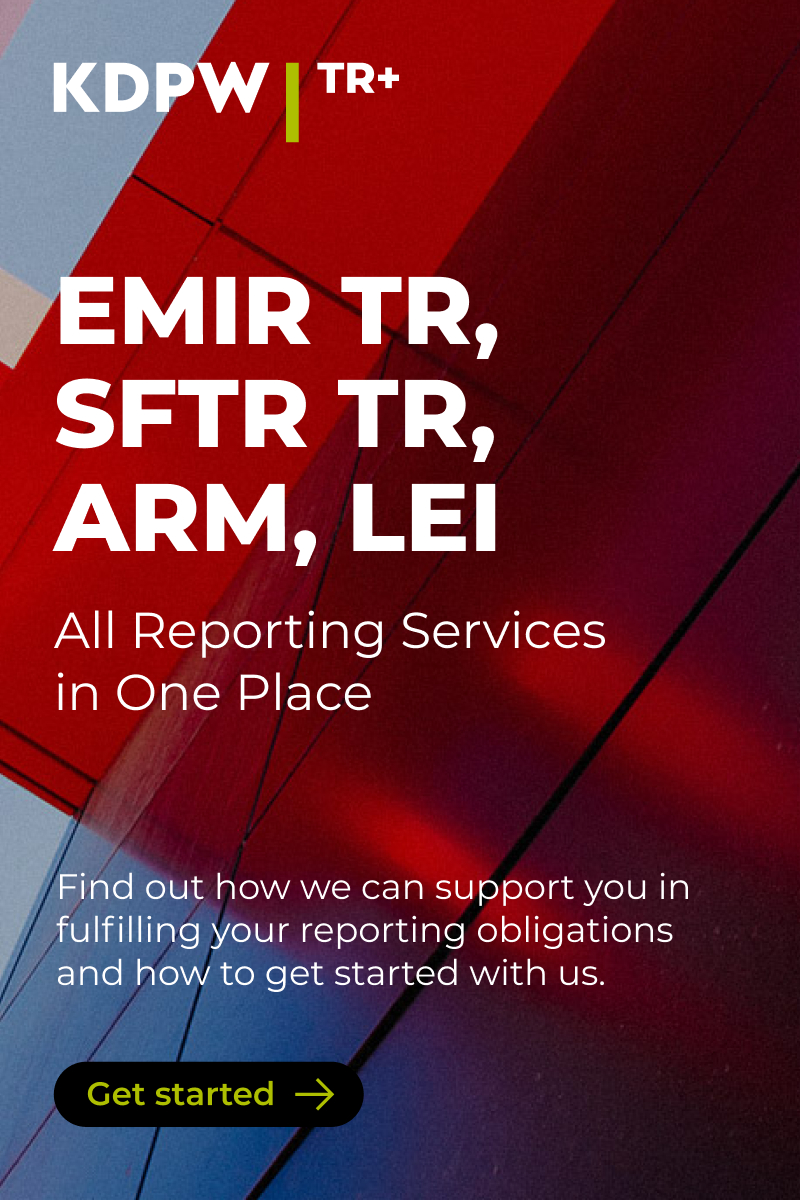The European Supervisory Authorities have clarified some of the finer points around the Key Information Document (KID) required under the Packaged Retail and Insurance-based Investment Products (PRIIPS) Regulation.
The European Securities and Markets Association, the European Banking Association and the European Insurance and Occupational Pensions Authority released a question and answer document relating to the KID, which will become mandatory on 1 January 2018, in a bid to promote common supervisory responses and practices in implementing the new rules.
Responding to questions raised by various stakeholders, the document covers the presentation, content and review of the KID, and clarifies methodologies around risk, reward and cost information.
Specifically, the Q&A addressed look-through requirements for underlying investments when dealing with a fund-of-fund. The authorities noted that calculations should take into account any costs incurred by underlying funds, or by other underlying PRIIPs.
The document said: “Where the underlying investments are PRIIPs producing KIDs, it will only be necessary to obtain cost information from the KIDs. Where the underlying investments do not have KIDs, it will be necessary to obtain KID equivalent information for the direct underlyings.”
The Q&A also clarified that any benefits from securities lending will be taken into account in the performance section of a KID, is they are passed to the investor. If the benefits are not passed on, then they will be accounted for as costs.
With regards to derivatives, the document said that futures, call options and put options that are traded on a regulated market could be grouped together according to their types, “as long as the relevant product characteristics … that determine the presentation of risks and costs in the KID are the same within that group”.
Non-exchange traded derivatives, however, may “differ considerably in terms of risk or reward and costs structure as a result of the characteristics of the trading venue”.
Therefore, an equivalent level of granularity in the KID should only be possible for those that have the same relevant characteristics as those traded on a regulated market.
For over-the-counter (OTC) derivatives, the document said: “It is not possible to use the same approach as for call and put options and futures traded on a regulated market.”
KIDs for OTC derivatives should show the relationship with the underlying asset, the type of underlying asset, the currency of the notional amount, underlying value of the contract, and a representative price, term or interest rate, plus any other features considered to be relevant.
This content should be based on market conditions that are applicable while the OTC derivative contract is available to retail investors.
The document clarified: “This means that the KID should not be based on purely hypothetical data nor that it has to contain specific contractual data. In turn, this means that it could be acceptable to draw up a single KID for a class or group of OTC derivatives that share the same relevant product characteristics.”
The full Q&A document is available here



